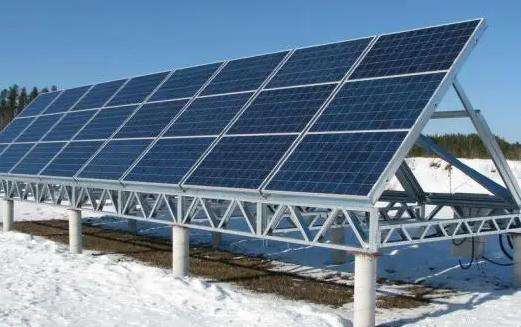Engine disassembly steps:
Place the engine upright and remove the intake and exhaust manifolds and cylinder head outlet pipes.
Remove the cylinder head cover, remove the rocker arm shaft assembly on the front and rear cylinder heads; remove the ventilation pipe from the crankshaft tube, remove the lifter chamber cover;
Note: Take out the lifters in order, and mark the sequence numbers at the same time, so that they can be put back in order when reassembling, to keep the original friction pairs matched and avoid errors. .
Remove the cylinder head and gasket. The cylinder head bolts and nuts must be removed in the order specified by the original vehicle.
Note: If there is no provision, it should be disassembled evenly from both ends to the middle.
Once all the bolts and nuts are removed, you can use a wooden hammer totap around the cylinder head to loosen it. Then use a disassembly tool to place it into the valve guide holes on both ends of the. cylinder head or gently remove it by hand.
Note: It is not allowed to use it to insert the cylinder head to avoid damage to the cylinder gasket.
Turn the engine on its side and check for marks on the clutch housing and flywheel. If there are no marks, they need to be repaired. Then rotate the crankshaft flywheel, remove the eight clutch mounting bolts symmetrically and evenly around the clutch cover, and remove the clutch assembly.
Flatten the starter claw lock washer, remove the starter claw, remove the lock plate, and use a puller to remove the crankshaft pulley and torsion damper. It is not allowed to hit the pulley with a hand hammerto avoid deformation, warping and breakage of the pulley.
Delete the valve group.
When the valve is closed, use valve spring pliers to compress the valve spring, use a screwdriver to remove the locking plate (or use needle-nose pliers to remove the locking pin ), then relax the valve spring. pliers and remove the valve and the valve. Spring and elastic base.
Note: The intake and exhaust valves of each cylinder should be placed to avoid confusion.
Remove the distribution chamber cover and oil pan.
Check for marks on the timing gear. If there are no marks, make corresponding marks on both gears. Turn the camshaft timing gear, align the two round holes of the gear with the mounting bolts of the camshaft thrust flange, removethe two bolts, remove the distributor connecting shaft and remove the camshaft.
Remove the oil filter, oil pump outlet pipe and oil pump.
Rotate the crankshaft to the most convenient position, remove the connecting rod nut, remove the connecting rod bearing cover and bearing, push the connecting rod with a wooden hammer and remove the assembly piston connecting rod from the upper part of the cylinder block. If the cylinder is badly worn and there are steps on the upper part of the cylinder wall, it should first be scraped flat with a scraper to avoid difficulty when extracting the piston assembly and connecting rod and damage to piston rings.
Note: After pushing, immediately reinstall the connecting rod bearing cap and connecting rod with the newly removed connecting rod bolts and nuts to avoid confusion.
Turn the cylinder over, remove all the blade capsfirst and place the bearings in their respective bearing caps in turn, lift the crankshaft assembly, then return the bearing caps and bearings to the cylinder according to their respective serial numbers and lightly tighten the bolts.
Remove the flywheel mounting bolts and remove the flywheel from the crankshaft flange. Remove the rear crankshaft oil seal and flywheel housing.
Note: The steering wheel mounting bolts are made of alloy steel. The bolt head has a forged ring mark and cannot be mixed.
Remove the connecting rod piston group.
Remove the piston ring before loading and unloading the piston ring. If you do not have a piston ring loading and unloading pliers, you can use the thumbs of both hands to open the ring opening a little (do not open). too much to prevent the segment from breaking), and use PrProtect the outer ring of the piston ring with your two middle fingers and remove the piston ring.
To disassemble the piston pin, first use needle-nose pliers to remove the locking bridge rings on both ends, then use a piston pin cutter to sharpen the piston pin. piston.
Note: If it is an aluminum piston, the aluminum piston should be heated to 75-80 degrees in water first, and then the piston pin should be milled to avoid piston deformation.
Precautions when disassembling the motor:
Disassemble the motor after it has cooled down. Firstly, it is easy to disassemble, and secondly, it avoids deformation during disassembly because the temperature is high. high, the rigidity becomes low and it is easy to deform;
When disassembling the oil pan, be careful not to harden or deform it at high temperatures, otherwise the oil will leak after installation. special toolsaux during disassembly;
The bolts must be removed to avoid breakage or deformation during disassembly;
After the engine is disassembled, special tools must be used to test each part and carried out in accordance with the service manual;
For vehicles with abnormal noise and oil burning, after removing the cylinder head, be sure to check whether the multi-cylinder liner is loose.
Please click to enter a description














